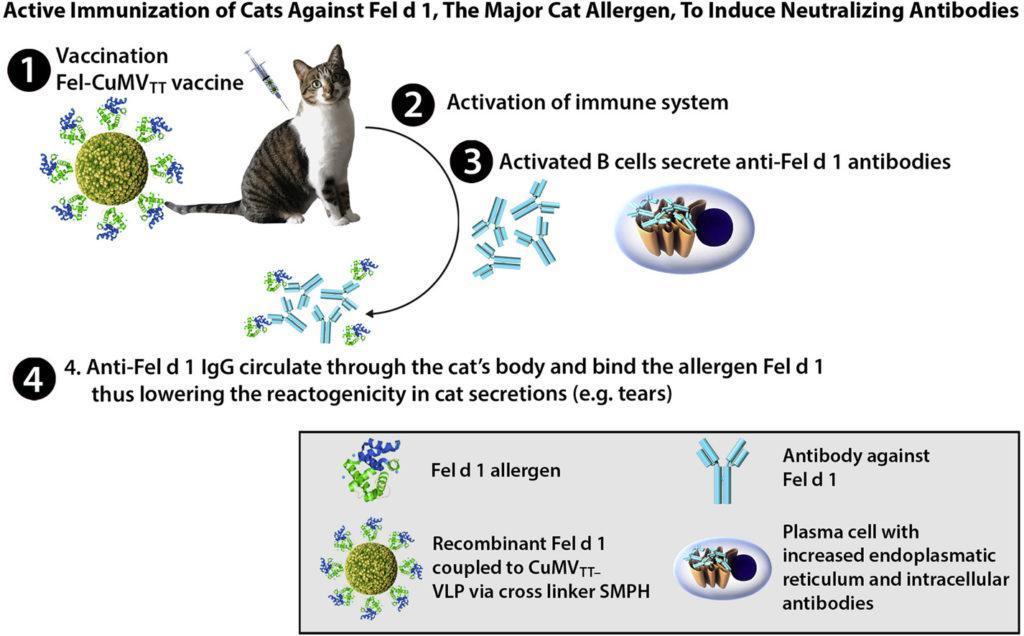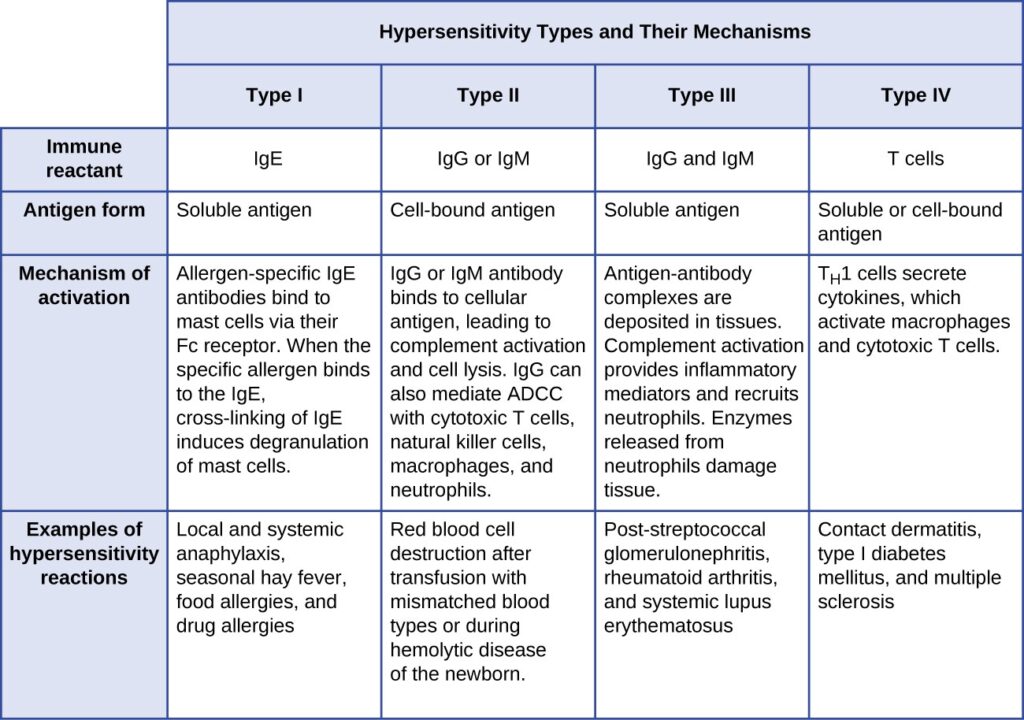Allergies to animals are a common issue affecting millions of people worldwide. Often referred to as pet allergies, these reactions occur when the immune system overreacts to proteins found in an animal’s skin cells, saliva, or urine. Understanding the causes, recognizing the symptoms, and learning how to manage these allergies can significantly improve the quality of life for those affected. In this article, we will explore the underlying reasons behind animal allergies, discuss their symptoms, and provide practical strategies for managing them effectively.

What Are Animal Allergies?
Animal allergies occur when the human immune system mistakenly identifies harmless proteins from animals as harmful invaders. These proteins, also known as allergens, are typically found in an animal’s dander (tiny flakes of skin), saliva, and urine. When someone with an allergy comes into contact with these allergens, their immune system releases chemicals like histamine, which trigger allergic reactions.
Contrary to popular belief, it is not the fur or hair of animals that causes allergies but rather the proteins they carry. While some breeds may produce fewer allergens than others, no animal is completely hypoallergenic. Cats and dogs are the most common culprits, but allergies can also be triggered by other animals such as rodents, birds, and even horses.
Common Causes of Animal Allergies
The primary cause of animal allergies lies in the proteins that animals naturally produce. These proteins are microscopic and can linger in the environment long after the animal is gone. Below are some of the main sources of allergens:
- Skin Cells (Dander): Animals shed tiny flakes of skin, known as dander, which contain allergenic proteins. These particles are lightweight and can remain airborne for extended periods, making them easy to inhale.
- Saliva: Many animals groom themselves by licking their fur or feathers. Saliva contains proteins that can stick to their coat and later become airborne when the saliva dries.
- Urine: Proteins found in animal urine can also trigger allergic reactions. This is particularly relevant for small pets like rodents, whose cages may harbor dried urine particles.
- Fur or Hair: While fur itself is not an allergen, it can trap allergens like dander, saliva, and dust, making it a carrier for allergenic proteins.
In addition to these direct sources, environmental factors can exacerbate animal allergies. For instance, poorly ventilated spaces can allow allergens to accumulate, increasing the likelihood of allergic reactions. Similarly, carpets, upholstery, and bedding can trap allergens, making them harder to remove.
Recognizing the Symptoms of Animal Allergies
The symptoms of animal allergies can vary from mild to severe, depending on an individual’s sensitivity and the level of exposure to allergens. Some people may experience immediate reactions upon contact with an animal, while others may develop symptoms after prolonged exposure. Common symptoms include:
- Nasal Congestion: A runny or stuffy nose is one of the most frequent symptoms of animal allergies. This occurs as the nasal passages become inflamed in response to allergens.
- Sneezing: Frequent sneezing is the body’s way of trying to expel allergens from the nasal cavity.
- Itchy Eyes: Allergens can irritate the eyes, leading to redness, watering, and intense itching.
- Coughing and Wheezing: Inhalation of airborne allergens can irritate the respiratory system, causing coughing or wheezing, especially in individuals with asthma.
- Skin Reactions: Direct contact with an animal or its allergens can result in hives, eczema, or other forms of skin irritation.
- Shortness of Breath: In severe cases, exposure to animal allergens can lead to difficulty breathing, particularly in individuals with pre-existing respiratory conditions.
It is important to note that symptoms can sometimes mimic those of other conditions, such as the common cold or seasonal allergies. If symptoms persist or worsen, consulting a healthcare professional is essential for an accurate diagnosis.
Diagnosing Animal Allergies
To confirm whether someone has an animal allergy, healthcare providers typically perform one or more diagnostic tests. These tests help identify specific allergens and determine the severity of the reaction. The two most common methods are:
- Skin Prick Test: During this test, small amounts of suspected allergens are applied to the skin, usually on the forearm or back. The skin is then pricked lightly to allow the allergens to penetrate. If a raised bump or redness appears at the test site, it indicates an allergic reaction.
- Blood Test: A blood sample is analyzed to measure the levels of specific antibodies produced in response to allergens. This test is particularly useful for individuals who cannot undergo skin testing due to skin conditions or medication use.
Once diagnosed, individuals can work with their healthcare provider to develop a personalized management plan tailored to their needs.
Managing Animal Allergies
While avoiding exposure to allergens is the most effective way to prevent allergic reactions, it is not always feasible, especially for those who live with pets or encounter animals regularly. Fortunately, there are several strategies to manage animal allergies and minimize their impact on daily life.
Reducing Exposure to Allergens
Minimizing contact with allergens is the first step in managing animal allergies. Here are some practical tips:
- Create Pet-Free Zones: Designate certain areas of the home, such as bedrooms, as pet-free zones to reduce allergen exposure during sleep.
- Use Air Purifiers: High-efficiency particulate air purifiers can help remove allergens from indoor air, improving air quality.
- Wash Hands After Contact: Washing hands thoroughly after touching animals can prevent allergens from spreading to the face or other surfaces.
- Vacuum Regularly: Use a vacuum cleaner equipped with a HEPA filter to capture allergens from carpets, rugs, and upholstery.
- Bathe Pets Frequently: Regular baths can help reduce the amount of dander and saliva on an animal’s coat.
Medications for Symptom Relief
Over-the-counter and prescription medications can provide relief from allergy symptoms. Some commonly used options include:
- Antihistamines: These medications block the effects of histamine, reducing symptoms like sneezing, itching, and runny nose.
- Decongestants: Decongestants help alleviate nasal congestion by shrinking swollen blood vessels in the nasal passages.
- Nasal Sprays: Corticosteroid nasal sprays reduce inflammation in the nasal passages, providing long-term relief from congestion and irritation.
- Eye Drops: Antihistamine or lubricating eye drops can soothe itchy, watery eyes caused by allergens.
For individuals with severe allergies, a healthcare provider may recommend immunotherapy, a treatment that involves gradually exposing the immune system to small amounts of allergens to build tolerance over time.
Making Lifestyle Adjustments
In addition to reducing exposure and using medications, lifestyle changes can play a significant role in managing animal allergies. Consider the following adjustments:
- Choose Low-Allergen Pets: While no animal is completely hypoallergenic, some breeds produce fewer allergens than others. Researching breeds before adopting a pet can help minimize allergic reactions.
- Wear Protective Clothing: When handling animals, wearing gloves and long sleeves can reduce direct skin contact with allergens.
- Keep Windows Closed: Keeping windows closed, especially during peak allergy seasons, can prevent outdoor allergens from entering the home.
- Regular Cleaning: Dusting and cleaning surfaces frequently can help remove accumulated allergens from the environment.
Special Considerations for Families with Pets
For families with pets, managing animal allergies requires additional effort and compromise. It is essential to balance the needs of allergic family members with the well-being of the pet. Open communication and cooperation among family members can help create a harmonious living environment. In some cases, rehoming the pet may be necessary if allergies are severe and unmanageable despite interventions.
Supporting Children with Animal Allergies
Children with animal allergies may face unique challenges, especially if they encounter animals at school, daycare, or friends’ homes. Parents and caregivers can support children by educating them about their allergies, teaching them how to avoid triggers, and ensuring they have access to necessary medications. Collaboration with teachers and school staff can also help create a safe and supportive environment for allergic children.
Exploring Alternative Therapies
Some individuals turn to alternative therapies, such as acupuncture or herbal remedies, to complement traditional allergy treatments. While scientific evidence supporting these approaches is limited, they may provide additional relief for some people. It is important to consult a healthcare provider before trying any new treatment to ensure safety and effectiveness.
By understanding the causes of animal allergies, recognizing their symptoms, and implementing effective management strategies, individuals can successfully navigate life with these allergies. With proper care and attention, it is possible to coexist with animals while minimizing the impact of allergic reactions.





